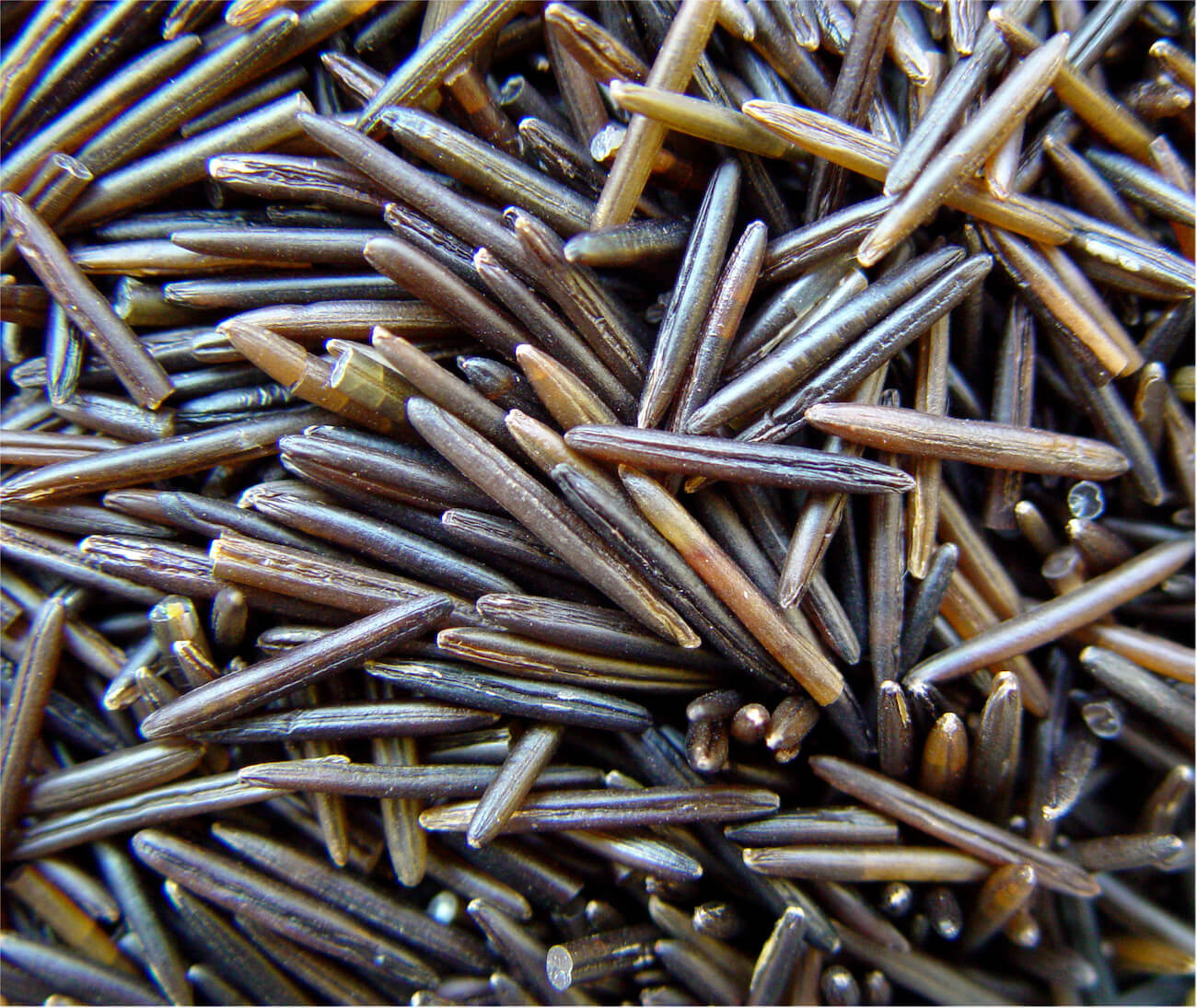Editor’s Note: the following was originally posted as a comment on a recent article we shared entitled “Civilization Reduces Quality of Life.” We thought it was an insightful discussion of indigenous horticulture, and have received permission to republish it here. Image: Wild Rice by Hellebardius, CC BY NC SA 2.0.
By George Price
Ever since about the time of the advent of Daniel Quinn’s novel, “Ishmael” (back in the `90s), indigenous cultivators of food crops, such as myself, have had to contend with the allegation that the cultivation of food crops, no matter how sustainably practiced, was the beginning of the grand decline and fall of our species. I realize that not every fan of Quinn’s work or every anti-civilization activist thinks that way, but the problem occurs when people fail to adequately define “agriculture” and distinguish that from sustainable traditional indigenous cultivation practices.
I define “agriculture” as the cultivation of food crops for a market economy, or for money, which is coupled with the commodification of and disrespect for the natural world. That practice, along with the invention of money itself and the failure of some early societies to maintain population levels that were consistent with the carrying capacities of their homelands were the real culprits. Traditional first peoples would avoid over-population by several methods, including the prayerful dividing and relocation of bands within tribes in ways that would adjust for that, along with other population-regulating practices. Agriculture and money were the roots of empire and colonialism, and both were the result of unsustainable, disrespectful relationships with homeland, leading to dependence on trade and/or “conquest.”
Indigenous Horticulture
The traditional ways of indigenous cultivation more properly fit the definitions of the terms “horticulture,” “permaculture,” and “polyculture.” What those ways of cultivation have in common is that they were done for personal and community subsistence, only as needed, and in combination with sustainable practices of foraging. Whether foraging wild foods or cultivating foods that were originally found in the wild, those activities were/are done in a spiritual attitude of respect and thanksgiving toward the natural world (visible and invisible), and with a commitment to preserve natural ecological systems.
Our traditional practices involve working in sync with the natural world, helping to spread more of the wild-gathered foods into more of their traditional habitats. One example of that would be the Anishinabe practice of planting rice in new wetland areas created by beaver or, my people, the Wampanoags of Massachusetts, doing something very similar with wild cranberries. Corn was originally grown by many first peoples in habitats where corn’s wild grain cousins also occurred naturally. It should also be noted that many so-called “sedentary” or village-making tribes, should more accurately be defined as semi-sedentary, due to seasonal, cyclical movement of the people for the continuation of foraging practices
Other than the omission of those distinctions, I am in general agreement with your analysis of the plague called “civilization.” I am also very pleased to see somebody else cite and quote Richard Lee, Marshall Sahlins and Walter Ong.
About the author
 George Price was born in 1951 and is descended from indigenous peoples of America (Wampanoag, Massachuset, and Choctaw), Africa (tribes unknown), Scotland, England, and France. He began organic gardening and learning about natural wild foods and medicines in 1970. He lives on five acres on the Flathead Indian Reservation, north of Missoula, Montana, and works as a teacher and historian.
George Price was born in 1951 and is descended from indigenous peoples of America (Wampanoag, Massachuset, and Choctaw), Africa (tribes unknown), Scotland, England, and France. He began organic gardening and learning about natural wild foods and medicines in 1970. He lives on five acres on the Flathead Indian Reservation, north of Missoula, Montana, and works as a teacher and historian.

